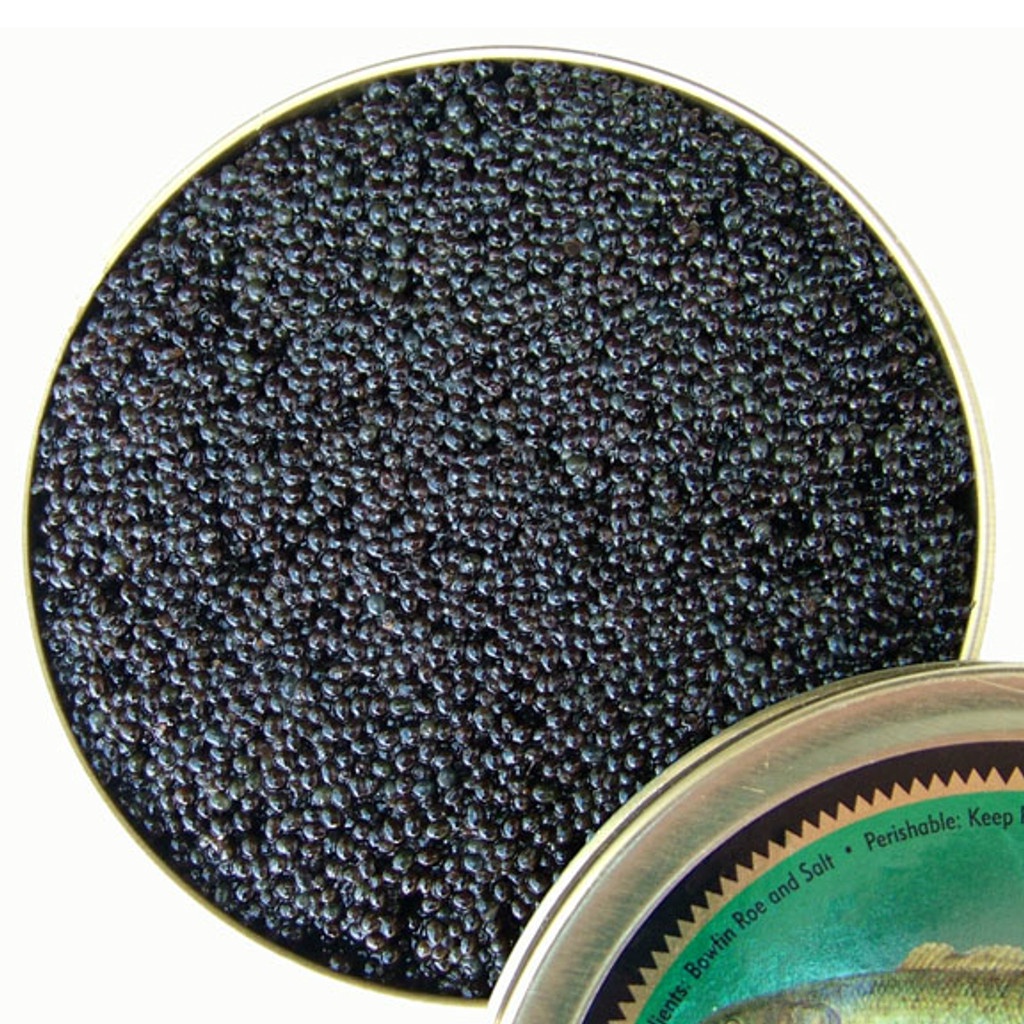In the world of caviar, diverse varieties from different regions have carved out their niches. Among these, the American bowfin caviar, often dubbed as “Choupique caviar,” has been gaining popularity, especially among those seeking sustainable alternatives to the more traditional sturgeon varieties. The rise of aquafarming innovations promises not only to sustain but also to elevate the presence of bowfin caviar on the global stage.
Bowfin Caviar: A Snapshot
The American bowfin, an ancient fish native to the southeastern United States, produces caviar with a distinct flavor profile. Its dark, almost black eggs are firm, offering a mildly tangy taste, making it a favorite for those venturing into the world of caviar for the first time.
The Need for Aquafarming
Overfishing, habitat degradation, and other ecological concerns have significantly impacted caviar-producing fish populations worldwide. Given the increasing demand for caviar, sustainable solutions were imperative. This is where aquafarming – the practice of breeding fish in controlled environments – emerges as a game-changer.
Innovations in Bowfin Aquafarming
Controlled Environments: Modern aquafarms for bowfin use sophisticated systems to replicate the fish's natural habitat. This ensures the caviar's authentic taste while reducing the stress on wild populations.
Disease Management: With continuous research, aquafarmers have access to better tools and techniques to preemptively tackle diseases, ensuring healthy fish populations.
Sustainable Feed: The diet of bowfin directly influences the quality of caviar. Innovations in sustainable feed, rich in Omega-3 and other essential nutrients, promise better quality caviar and healthier fish.
Breeding Advances: Selective breeding programs aim to produce bowfin variants that mature faster and yield higher caviar quantities, ensuring the economic viability of the aquafarming venture.
Eco-friendly Systems: Recirculating aquaculture systems (RAS) are at the forefront of sustainability. These closed-loop systems recycle water, significantly reducing waste and ensuring minimal environmental impact.
Aquafarming and Market Dynamics
The innovations in aquafarming directly influence the market dynamics of bowfin caviar. With a consistent supply of high-quality caviar, prices can stabilize, making it more accessible. Moreover, the sustainable tag associated with aquafarmed caviar appeals to environmentally conscious consumers, further driving demand.
The Way Forward
The potential of aquafarming in reshaping the caviar industry is immense. As technologies advance and become more accessible, even smaller farming operations could produce caviar on a scale that was previously unimaginable.
For the American bowfin caviar, this means a bright future. Its unique flavor profile, coupled with sustainable production methods, positions it as a strong contender in the global caviar market. As more chefs and gourmets discover and embrace this variety, it's poised to transition from an alternative choice to a mainstream delicacy.
Conclusion
Aquafarming is more than just a trend; it represents a paradigm shift in how we approach food production. In the context of American bowfin caviar, it's not just about meeting demand but ensuring that this ancient fish and its delectable roe have a secure and thriving future. As aquafarming innovations continue to evolve, the narrative of bowfin caviar is only bound to get richer.


No comments yet